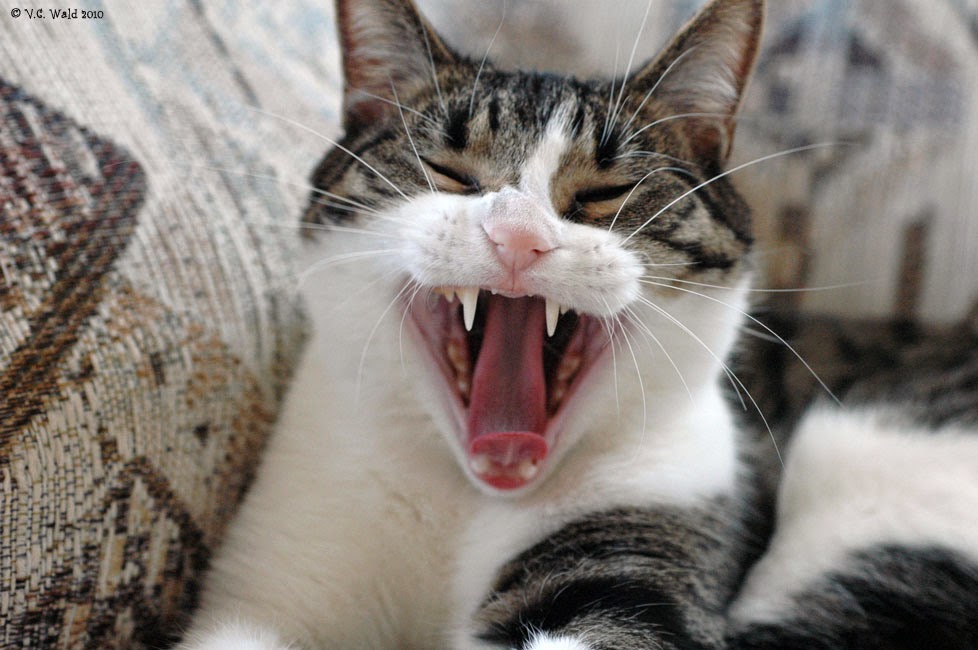Very
much on my mind is the still-unfolding August 7 incident in Yellowstone
National Park in which a park
contractor, Lance Crosby, moving through bear country apparently observing none
of the standard precautions, was caught, killed, partly consumed, and his
remains cached by a well-known, well-loved female grizzly bear known affectionately
as “Blaze.” The moniker refers to a distinctive streak of light-colored of fur from
spine to belly just behind her front legs.
After
Crosby’s mutilated body was found, Blaze and her two cubs, still in the
vicinity, were quickly culvert-trapped,
and through DNA and other tests, confirmed unequivocally as having been the
only bears at the scene of his demise.
With this incontrovertible evidence, Blaze was promptly "humanely
removed," i.e., euthanized, per park policy. She will be necropsied, which
will include meticulous analysis of the contents of her digestive system, and a
detailed forensic report will be made public, when all that can be learned from
her body has been.
Her still-young
cubs are spending the rest of their lives at the Toledo Zoo. Deprived of a
normal life at large in the Greater Yellowstone Ecosystem, with all its
attendant hazards and risks to long life and reproductive success, they will instead
learn that humans are beneficent sources of a plentiful year-round diet (and
they won’t undergo the annual metabolic stress of wintering), and they will be sheltered
from predators, medicated as needed, mentally and physically stimulated, and contribute,
however unknowingly, to the evolving science of captive wildlife husbandry. And
above all, if the zoo does it right, they will serve to educate the public
about Ursus arctos horribilis, which
recent events amply demonstrate should be a very high priority. Many people
have expressed disgust for this solution, but while rehabilitation to the wild –
that in this case would mean raising them in captivity and guiding them the
best humans can in the art of “being bear” until they are sufficiently mature
to be released in early summer 2017 -- was considered, apparently no capable facility
has room for them.
There has
been enormous angry outcry about the park’s actions, as Blaze was one of those
wild animals that had, over her 20 years, become habituated to the presence of
human beings. She was observed and photographed by many, including people I
know personally, and was an exceptionally beautiful and charming bear, no
question. Every few years she bore a litter of adorable cubs, and demonstrated
her prowess as a mother by the high survival rate of her fragile babies. People
formed very strong emotional attachments to her as she allowed them insights
into her wild life. Whether those insights were always correctly interpreted by
those who loved and admired her is something worth questioning, but regardless,
a large and vocal contingent believe that she should have been allowed to live.
I do
not, but not because I haven’t formed my own attachments to similar bears, like
399 in Grand Teton National Park, but because in reality, other options for a
preventing a 20 year old wild bear from repeating this behavior were non-existent.
Relocating her with her cubs to an environment far from human habitation – say,
the North Woods of Canada – would have been the second best ideal to leaving
them free in Yellowstone, but bears are notorious for making their way back to
their home territory even from a thousand miles distant. What’s more, inadvertent
release in territory already claimed by other grizzlies would have resulted in
their deaths. Confining her in a zoo or sanctuary would have been a cruel prison
sentence indeed, and possibly extraordinarily risky for those charged with her
care.
The
rationale (among some if not many) for destroying a bear that has fed on a
person because it develops a “taste” for human flesh, can never be documented. But what IS undoubtedly the case is that by
attacking this person – whether it was a predatory attack or defensive response
to a perceived threat to her cubs – Blaze learned something that she could not
have known previously: hunting humans is safe and easy. Humans can’t flee and so
don’t require fat-depleting bursts of energy, and they are weak fighters that
can be subdued almost instantly without negative consequence (at least in a national
park, where people don’t pack anything more deadly that bear spray, and Crosby
wasn’t even carrying that). And humans, including the plenitude of vulnerable
ones unprepared and off-trail as Crosby was, are everywhere in her territory. While
probably not as full of protein and fat compared, say, to the carcass of a bulk
elk or bison, an adult human could provide enough food for Blaze and two cubs
to sustain more than one nutritionally valuable feeding. In other words, the
payoff for a very low-risk, very small investment of energy, is large. This is
the only calculation a wild bear makes.
This is the most important insight Blaze could ever offer.























.jpg)



